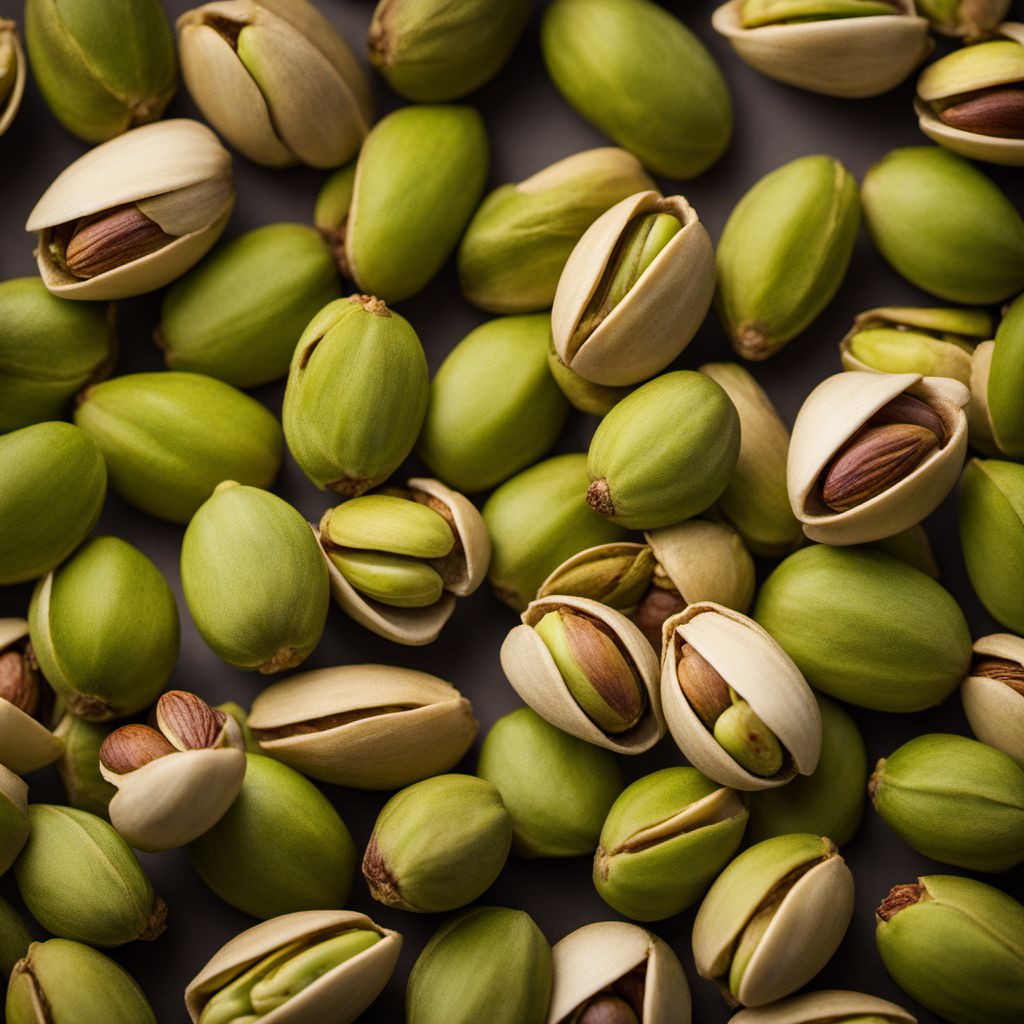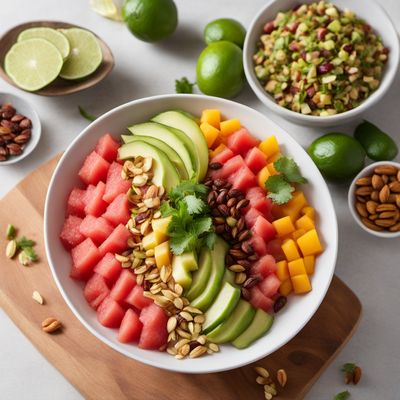
Ingredient
Pistachios and similar-
Utilizing Every Part: Exploring Offal
Other slaughtering products encompass a wide range of ingredients, including offal (such as liver, kidneys, and heart), blood, and other organs. They are often characterized by their distinct flavors and textures, ranging from rich and creamy to tender and chewy. While these ingredients may not be as commonly used in modern Western cuisine, they play a significant role in traditional dishes around the world, adding depth and complexity to various recipes.
Origins and history
The use of other slaughtering products dates back centuries and is deeply rooted in cultural and historical traditions. In many cultures, offal and other organs were valued as a way to utilize every part of the animal and minimize waste. They were often considered delicacies and were incorporated into traditional dishes that showcased the culinary creativity and resourcefulness of different regions. Today, these ingredients continue to be celebrated in cuisines such as French, Italian, and Asian, where dishes like pâté, haggis, and blood sausage are cherished.
Nutritional information
Other slaughtering products are highly nutritious and offer a range of essential vitamins and minerals. They are particularly rich in iron, vitamin B12, and zinc. However, it is important to note that the nutritional composition can vary depending on the specific ingredient and preparation method. It is advisable to consume these ingredients in moderation and consult with a healthcare professional if you have any dietary concerns or restrictions.
Allergens
Individuals with specific food allergies or sensitivities should exercise caution when consuming other slaughtering products, as they may trigger allergic reactions or adverse effects. It is recommended to read ingredient labels carefully and consult with a healthcare professional if you have any concerns.
How to select
When selecting other slaughtering products, it is essential to ensure freshness and quality. Look for organs that are firm, moist, and free from any unpleasant odors. Blood should be sourced from reputable suppliers and handled with care to maintain its freshness. If purchasing from a butcher or specialty store, inquire about the sourcing and handling practices to ensure the highest quality.
Storage recommendations
The storage recommendations for other slaughtering products can vary depending on the specific ingredient. In general, fresh offal should be stored in the refrigerator at a temperature below 40°F (4°C) and used within a few days. Blood should be stored in airtight containers and refrigerated promptly. It is important to follow proper food safety practices and guidelines to prevent contamination and ensure the freshness of these ingredients.
How to produce
Producing other slaughtering products requires specialized knowledge and expertise. It is typically done on a larger scale in professional settings such as abattoirs or meat processing facilities. For individuals interested in utilizing offal or blood, it is advisable to consult with experts or experienced professionals who can provide guidance on safe and proper production methods.
Preparation tips
Preparing other slaughtering products requires careful handling and cooking techniques to maximize flavor and safety. Offal can be marinated, grilled, sautéed, or used in stews and soups. Blood can be used as an ingredient in dishes like blood sausage or as a thickening agent in certain recipes. It is crucial to follow specific recipes and cooking instructions to ensure proper cooking temperatures and minimize the risk of foodborne illnesses.
Culinary uses
Other slaughtering products are used in a variety of traditional dishes around the world. Offal is commonly used in dishes like liver pâté, kidney pie, and tripe soup. Blood is a key ingredient in dishes such as blood sausage, black pudding, and dinuguan (a Filipino pork blood stew). These ingredients add depth and complexity to recipes, contributing to the unique flavors and textures of traditional cuisines.
Availability
Other slaughtering products are commonly available in regions with a strong culinary tradition that includes the use of offal and blood in their cuisine. They can be found in various countries across Europe, Asia, and parts of Africa and South America.

